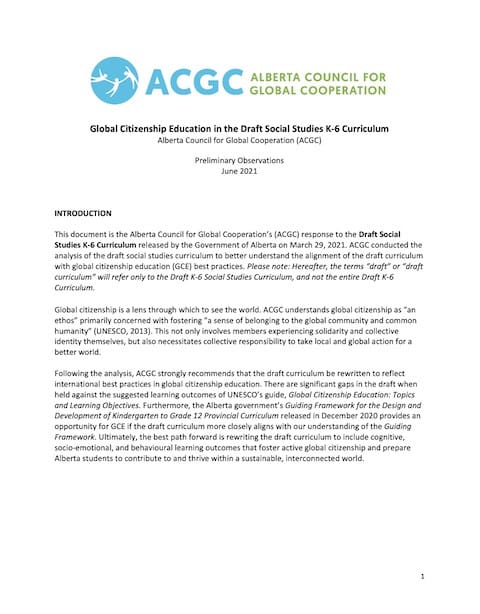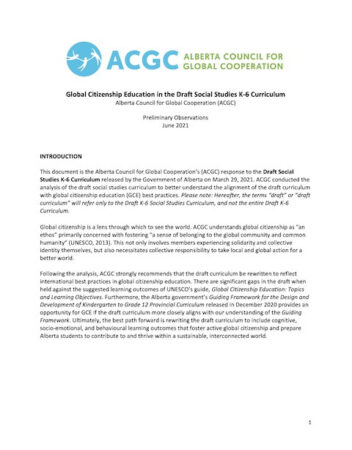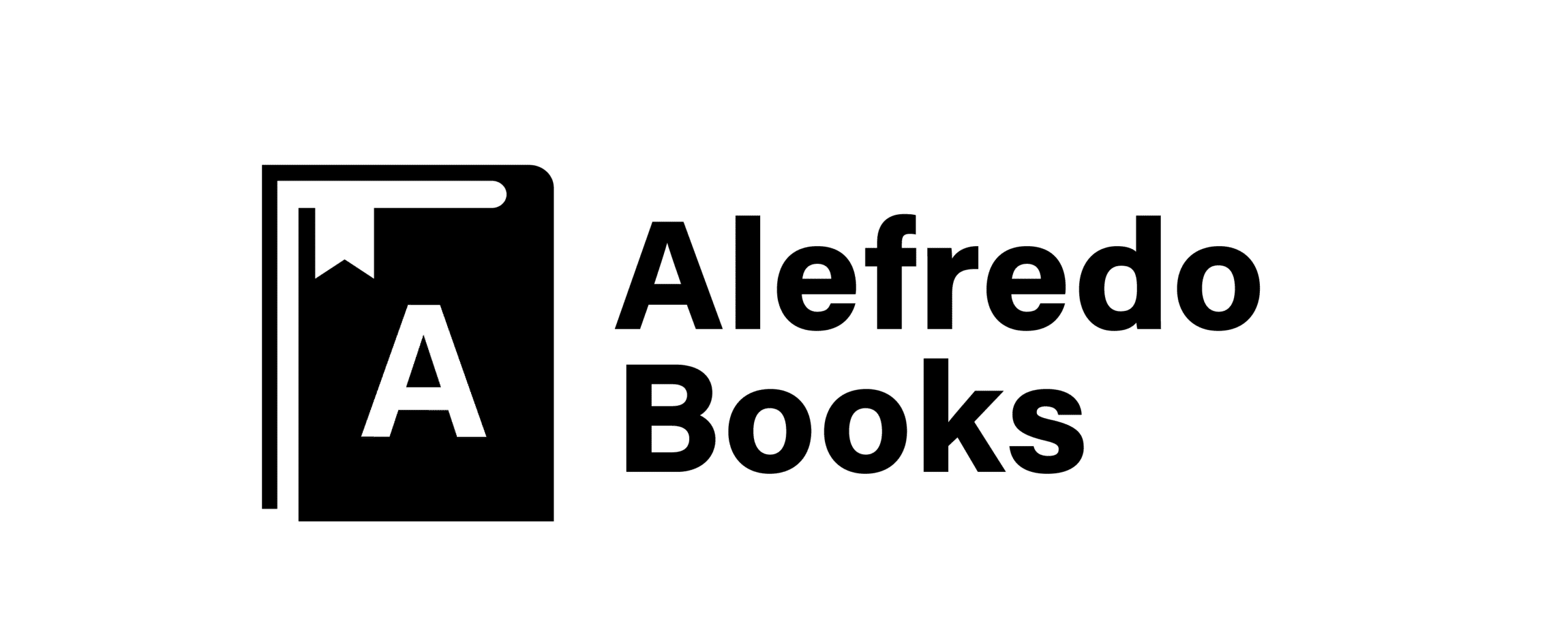
Curriculum For a Better World
In a diverse democracy, young learners must be ready to develop solutions to complex issues. Our country is confronted with systemic racism, massive environmental problems, and deep political divisions. Future pandemics will test the effectiveness of our health policies. Elementary students need a social studies curriculum that allows them to imagine a better world. Fortunately, there are several books and curriculums that can help them do just that. Curriculum For a Better World

Book review
A Better World continues the Brilliance Saga, but this time it’s a more mainstream thriller. Although much of the action takes place near the end, many of the characters are still around. The world of A Better World is a place where a small percentage of people are born with unusual abilities known as abnorms. Although this has caused many people to fear the abnorms, the book focuses on the struggle between the abnorms and the norms.
Curriculum
Curriculum for a better world is an interdisciplinary curriculum geared toward broadening student’s understanding of global issues and promoting social justice. Students can learn about topics ranging from food insecurity and summer reading to global warming and Indigenous horticultural practices. Teachers can use curriculum for a better world as a tool to engage students in action that will impact the future. But it isn’t just about interdisciplinary topics; this curriculum also aims to increase students’ global perspective.
This new curriculum was developed with the help of young people in Tanzania and Zimbabwe. Its focus on fostering wellbeing, building individual aptitude, and recognizing the context of rural education, complements national curricula focused on academic learning. The curriculum emphasizes mental and social qualities as the primary determinants of quality of life and aims to make learning transformative, relevant, and expansive. It aims to encourage self-directed learning, social interaction, active participation, and low-cost teaching and learning.
Pedagogical approaches
One way to implement effective pedagogical approaches in social studies is to use real-world scenarios. For example, a teacher can use a real-world scenario to teach students about trigonometry, while another teacher can create an online environment in which students can work together and assess each other’s knowledge. These two approaches complement each other, and teachers can use them in combination to maximize student learning and engagement.
The Merriam-Webster definition of pedagogy includes teaching styles, assessment methods, and feedback. Each teacher has a pedagogical approach that is most effective for them. While teaching, teachers need to think about how they can deliver content, evaluate mastery, and consider individual student needs. Pedagogical approaches can help teachers create a more engaging and meaningful curriculum for their students.(Curriculum For a Better World)
Effectiveness
The effectiveness of social studies for a better world is largely dependent on the students’ ability to analyze issues in a global context. Students learn how to build logical arguments, evaluate a situation carefully, and reflect neutrally on the opinions of others. Social studies students can analyze the history of a country and determine how their actions affected the development of that country and society. Students may also become more aware of current issues and be able to make more informed decisions in the future.
The future of our diverse democracy depends on the young learners who are ready to take on the challenge of addressing complex issues. For example, systemic racism, massive environmental problems, and deep political divisions must be addressed and the effectiveness of public health policies will be tested by pandemics in the future. Effective social studies for a better world can be achieved by engaging students in a wide range of activities, from debates to projects and simulations.
Ethics
The study looks at the performance and effectiveness of several educational programs pertaining to ethics. The study focuses on three primary issues: teaching scope, classroom model, and students’ perceptions. Teachers must consider the effectiveness of each of these elements to ensure that they are making the best use of resources. The scope of the curriculum refers to the content of the program as well as the number of hours it should be taught. The teaching method relates to the type of program, such as a one-way lecture or a discussion that involves students. In addition, the classroom model should be flexible enough to accommodate all types of teaching styles, including those that combine classroom lectures with small-group debates and oral presentations.
The Social Education Code lays out the standards of instructional competence for social studies professionals. The social studies profession has a responsibility to teach students about democracy and the individual worth of each person. As a social studies professional, you have a responsibility to respect individual dignity and to promote global citizenship. As a social studies professional, you have a responsibility to help students develop these skills and become productive citizens. A good teacher must also promote the advancement of the profession and the social world.

Comments (0)